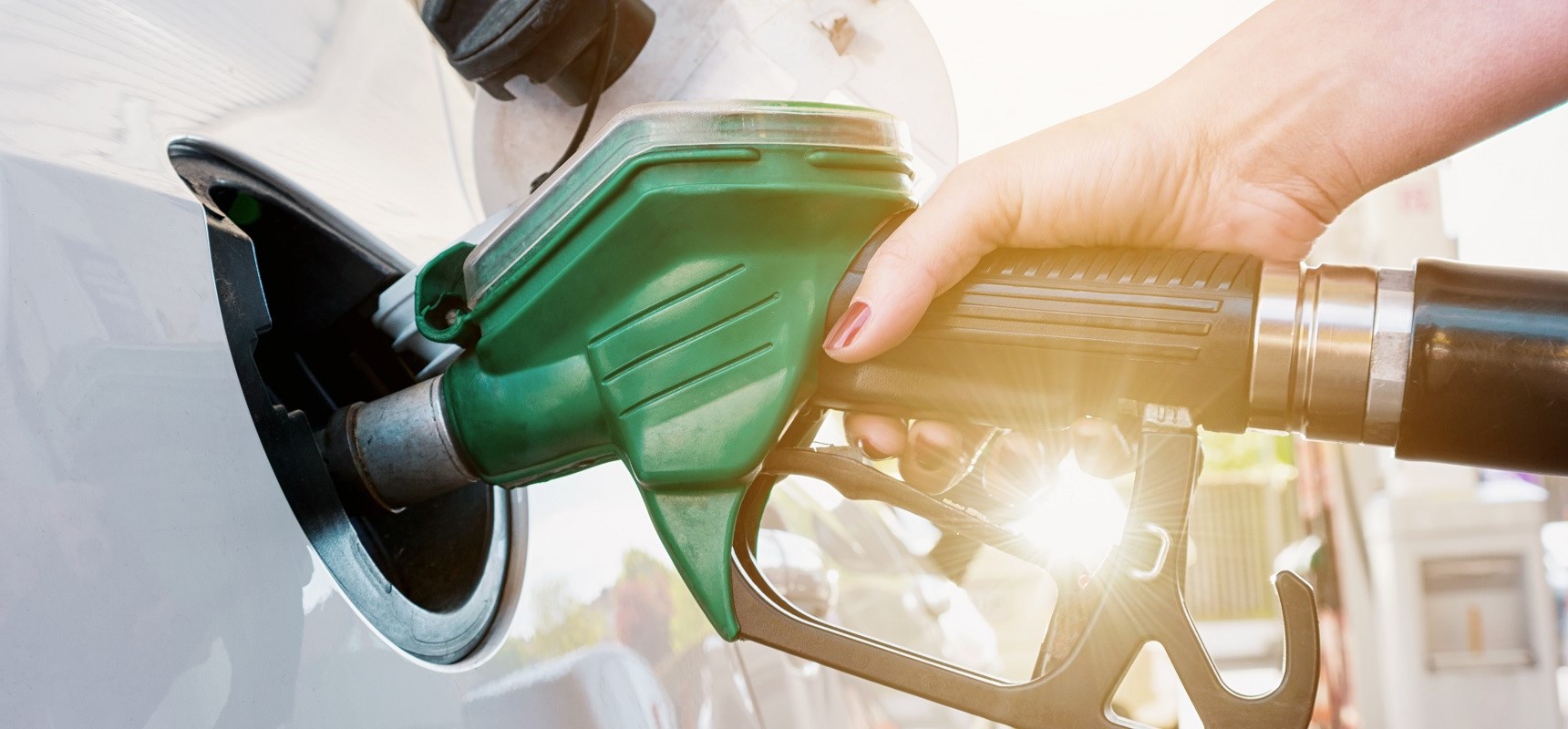Fuel for thought: your questions answered
 The majority of us rely on petrol to power our vehicles, but do we really understand what we’re paying for at the bowser?
Like electricity, gas and running water, petrol is a part of everyday life. But for a commodity that costs South Australians an average of $85 a week (according to the AAA Affordability Index Report), many of us know very little about what goes on beyond the bowser.
From excise tax to price fluctuation, we answer some common fuel-related questions to help you find out what you’re really paying for at the pump.
The majority of us rely on petrol to power our vehicles, but do we really understand what we’re paying for at the bowser?
Like electricity, gas and running water, petrol is a part of everyday life. But for a commodity that costs South Australians an average of $85 a week (according to the AAA Affordability Index Report), many of us know very little about what goes on beyond the bowser.
From excise tax to price fluctuation, we answer some common fuel-related questions to help you find out what you’re really paying for at the pump.
What drives unleaded petrol prices?
Did you know that you pay close to 40% in taxes when you fill your car with unleaded petrol? The biggest tax is the fuel excise, which is currently 22.1 cents per litre – we’ll explain a little bit more about that later. On top of that, you pay a 10% Goods and Services Tax (GST). Taxes aside, the largest component of the retail price of petrol, accounting for almost 50%, is the international price of refined petrol known as Singapore Mogas 95. The cost of Mogas 95 varies depending on a range of factors, including the price of crude oil and the strength of the Australian dollar. The combined cost of Mogas 95 and taxes makes up about 87% of the retail price of petrol. The rest goes to refiners, wholesalers and retailers to cover their costs and make a profit.
The fuel excise is currently 22.1 cents per litre.

